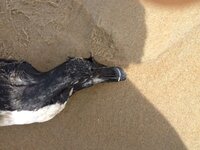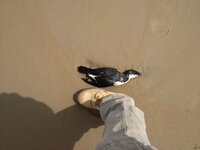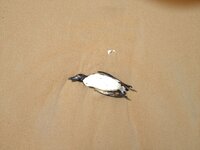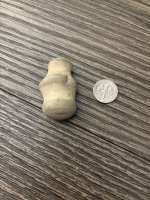Dave44
Silver Member
- Apr 3, 2006
- 4,815
- 2,214
- Detector(s) used
- Whites XLT, Minelab Etrac, Minelab Excal II, At pro
- Primary Interest:
- All Treasure Hunting
I posted this in the what is it,, but maybe that is not right? Looked like more than 30 of these washed up today near Virginia Beach.
What do you beach people think they are?
What do you beach people think they are?
Attachments
Upvote
0






